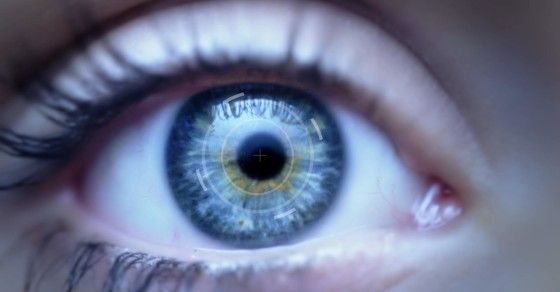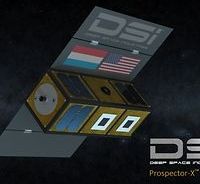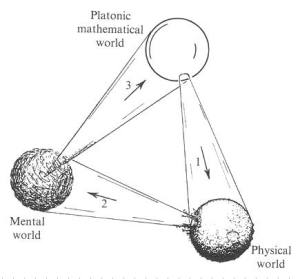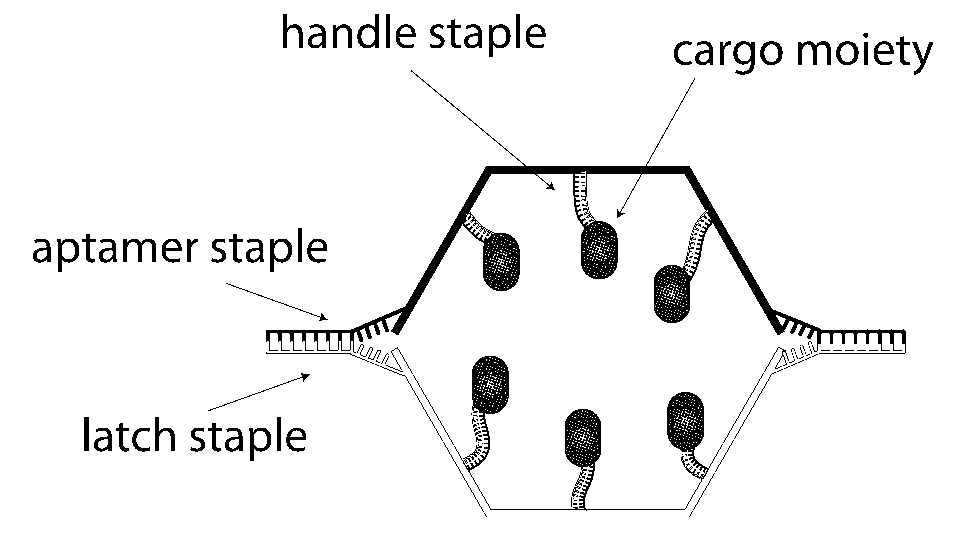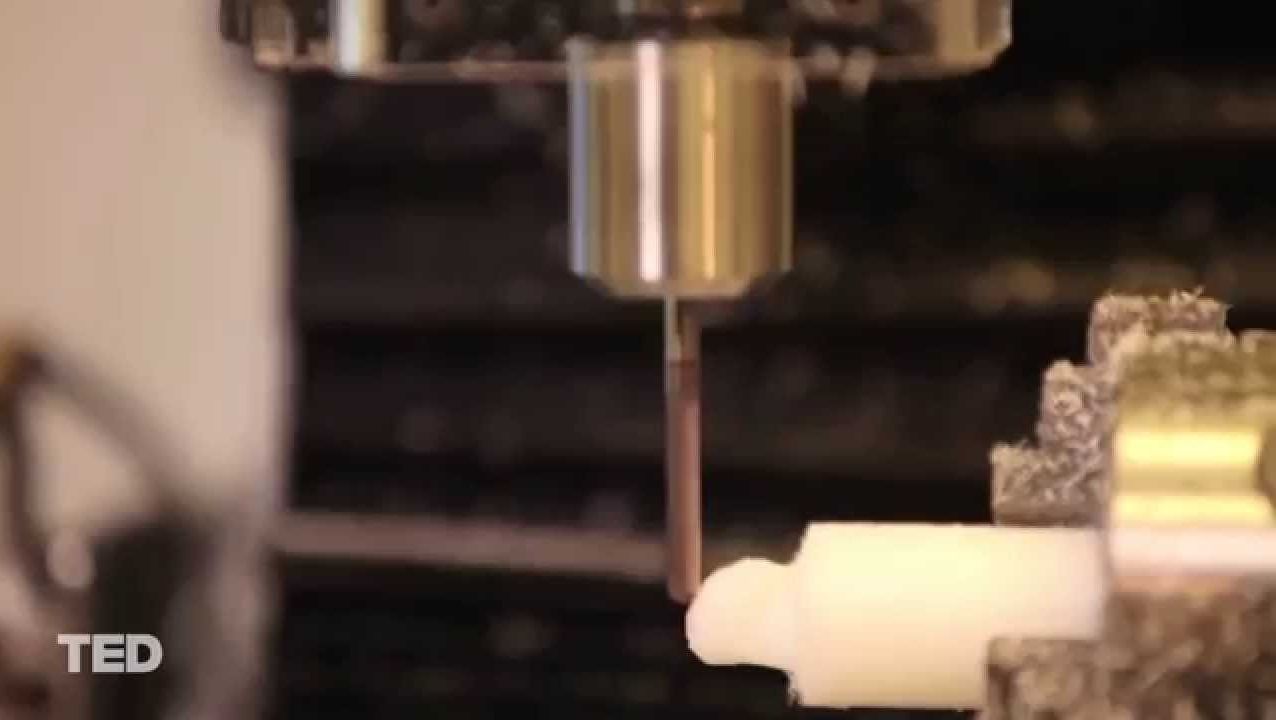May 6, 2016
Bitcoin Pundicy: A Lifeboat Perspective
Posted by Philip Raymond in categories: bitcoin, cryptocurrencies, economics, encryption, government, internet
Here in the Lifeboat Blog, I have the luxury of pontificating on existential, scientific and technical topics that beg for an audience—and sometimes—a pithy opinion. Regular Lifeboat readers know that I was recently named most viewed Bitcoin writer at Quora under a Nom de Plume.

Quora is not a typical Blog. It is an educational site. Questions and numerous answers form the basis of a crowd-sourced popularity contest. Readers can direct questions to specific experts or armchair analysts. A voting algorithm leads to the emergence of some very knowledgeable answers, even among laypersons and ‘armchair’ experts.
During the past few weeks, Quora readers asked me a litany of queries about Bitcoin and the blockchain, and so I am sharing selected Q&A here at Lifeboat. This is my professional field—and so, just as with Mr. Trump, I must resist an urge to be verbose or bombastic. My answers are not the shortest, but they are compact. Some employ metaphors, but they explain complex ideas across a broad audience.
Continue reading “Bitcoin Pundicy: A Lifeboat Perspective” »
